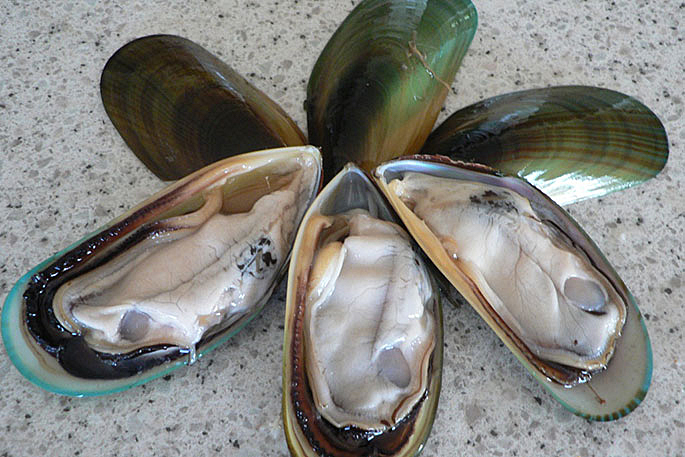New Zealand Food Safety is advising the public not to collect or consume shellfish gathered from the Northland East Coast because of paralytic shellfish toxins.
In addition, it has extended an existing shellfish biotoxin warning from Cape Kidnappers right up to East Cape.
"Routine tests on mussels from Houhora have shown levels of paralytic shellfish toxins over the safe limit," says New Zealand Food Safety deputy director-general Vincent Arbuckle.
The warning extends from Cape Karikari north, to Kokota, the Sandspit, just south of Parengarenga Harbour.
The current warning in Hawkes Bay has now been extended from Cape Kidnappers right up to East Cape.
Levels of paralytic shellfish toxins are increasing and the latest results from Tolaga Bay mussels who they have risen dramatically and are now 11 times over the safe limit, says Vincent.
“As algal blooms increase in size, levels of toxins in shellfish can reach higher levels as well.
"Please do not gather and eat shellfish from these affected areas because anyone doing so could get seriously sick.
"Cooking the shellfish does not remove the toxin, so shellfish from these areas should not be eaten."
Symptoms of paralytic shellfish poisoning, usually appear within 10 minutes to three hours of eating says Vicent and may include:
- numbness and a tingling (prickly feeling) around the mouth, face, hands, and feet
- difficulty swallowing or breathing
- dizziness and headache
- nausea and vomiting
- diarrhoea
- paralysis, respiratory failure, and, in severe cases, death.
According to Vicent, Pāua, crab and crayfish may still be eaten if the gut has been completely removed before cooking, as toxins accumulate in the gut. If the gut is not removed, its contents could contaminate the meat during the cooking process.
New Zealand Food Safety has no notifications of associated illnesses.
If anyone becomes ill after eating shellfish from an area where a public health warning has been issued, phone Healthline for advice on 0800 61 11 16, or seek medical attention immediately, says Vincent.
“People are also advised to contact their nearest public health unit and keep any leftover shellfish in case it needs to be tested.
"New Zealand Food Safety is monitoring shellfish in the region and will notify the public of any changes to the situation."
Commercially harvested shellfish sold in shops and supermarkets or exported is subject to strict water and flesh monitoring programmes by New Zealand Food Safety to ensure they are safe to eat. says New Zealand Food Safety deputy director-general Vincent Arbuckle.
According to the report, ongoing testing will continue and any changes will be communicated accordingly.



0 comments
Leave a Comment
You must be logged in to make a comment.